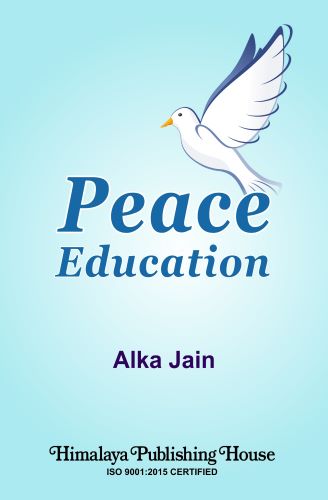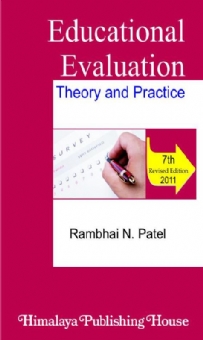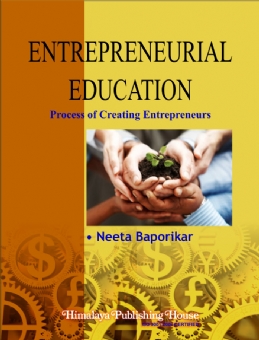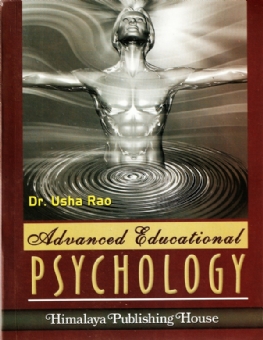It is crucial to promote a culture of peace in a time when conflict, bigotry, and violence seem to permeate all facets of society. It is our special and great duty as educators to mould the hearts and minds of the next generation and steer them in the direction of peace. This book, “Peace Education for the B.Ed.
Curriculum,” is a comprehensive resource designed to equip future educators with the knowledge, skills, and attitudes necessary to nurture a peaceful society.
The multidisciplinary approach taken by this book is one of its main advantages. Peace education is widespread throughout all academic areas and is not limited to just one. Whether instructing in language arts, social studies, science, or physical education, teachers can discover methods to include concepts and activities that promote peace. This book offers fresh and imaginative approaches to integrating peace education throughout the curriculum so that it becomes an essential component of learning.
Contents –
MODULE 1: FUNDAMENTALS OF PEACE EDUCATION (2 CREDITS)
Unit – 1: Peace Education: Concept and Nature of Peace Education
(a) Peace: Meaning, Concept and Classification of Peace.
(b) Peace Education: Meaning, Nature and Aims of Peace Education.
(c) Need and Relevance of Peace Education in the Present Times.
Unit – 2: Basis of Peace Education
(a) Constitutional Values and Peace Education.
(b) Contribution of Gandhi and Dalai Lama to Promoting the Values of Peace.
(c) Life Skills Required for Peace Education (WHO).
Unit – 3: Areas of Peace Education
(a) Peace Education and Conflict Management: Conflict, Types of Conflict Managing Conflict Techniques, The Role of Education in Resolving and Reducing Conflicts in Family, School, and Society.
(b) Peace Movements and Preservation of Ecology.
(c) Violence and Non-violent Activism: Addressing the Challenges of Direct Violence (Terrorism, War, Destruction of Land, Assault, Industrial Waste, Riots) and Indirect Violence (Discrimination, Sexism, Racism, Poverty, Lack of Education and Health Services) Through Peace Education.
MODULE 2: INTEGRATION OF PEACE EDUCATION IN SCHOOL CURRICULUM (2 CREDITS)
Unit – 4: Transacting of Peace Education
(a) Integrating Peace Education in the Curriculum: Subject Perspectives, Subject Context, Method of Teaching, Co-curricular Activities, Classroom Management, Classroom Activities.
(b) Educating for Culture of Peace: Developing Values Like Tolerance, Patience, Duty Consciousness, Mutual Respect, Introspection, Objectivity, Rational Thinking and Leadership Skills Through Unilateral Ethics.
(c) Introspection, Mediation, Persuasion for Peace—Cultivating the Perspective and Skills Necessary for Peace.
Unit – 5: Preparation For Peace
(a) Role and Qualities of Teacher Promoting Peace.
(b) Role of Agencies for Peace: Family, Community, NGOs, World Organisation Like UNESCO for Development of Values for Peaceful Co-existence.
(c) Role of Mass Media and Social Media in Peace Education.
Unit – 6: Concerns and Challenges for Peace
(a) Life at School: Culture of Competition; Corporal Punishment and its Consequences.
(b) Addressing Challenges to Peace in a Multicultural Society.
(c) Struggles for Peace (Mother Teresa, Nelson Mandela).






